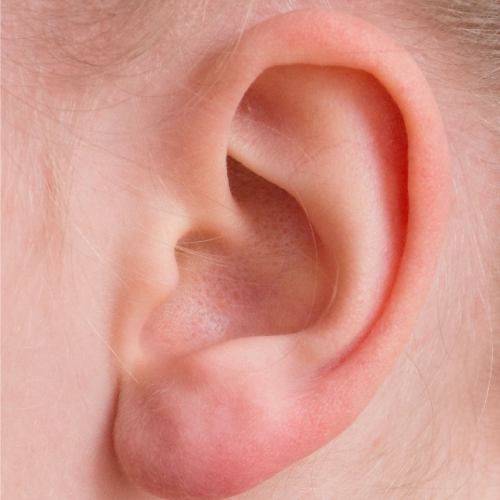
Introduction
The sensory system plays a fundamental role in how we experience and interact with the world around us. From the moment we wake up to the time we go to bed, our sensory system is processing a barrage of information, helping us make sense of our environment. This blog post aims to provide a comprehensive overview of the sensory system, its components, and its significance in our daily lives.
The Components of the Sensory System
The sensory system is a complex network made up of many different types of senses. Each of these senses is in charge of collecting and sending a certain type of sensory information. These modalities include:
The sensory system is a complex network that comprises various sensory modalities, each responsible for collecting and transmitting specific types of sensory information. These modalities include:
Vision: Our sense of sight allows us to perceive colours, shapes, and movements. The eyes, along with the optic nerve and visual processing areas of the brain, work together to create the visual experience.

Hearing: Hearing: Auditory perception enables us to detect and interpret sounds. The ears capture sound waves, which are then translated into auditory sensations in the brain.

Touch: The sense of touch involves receptors located in the skin, which detect pressure, temperature, and texture. This modality helps us navigate our environment safely and engage in social interactions.

Taste: Taste receptors on the tongue identify different flavours—sweet, sour, bitter, salty, and umami—contributing to our enjoyment of food and beverages.

Smell: Receptors in the nose called olfactory receptors let us tell different smells apart. This makes us feel and remember things.

Proprioception: This internal sense tells us where our body parts are and how they are moving. This helps us move in a coordinated way and understand our surroundings.

Vestibular System: The vestibular apparatus in the inner ear helps us keep our sense of balance, coordination, and where we are in space.

Significance of the Sensory System in Occupational Therapy
In the field of occupational therapy, understanding the sensory system’s intricacies is paramount.
Occupational therapists are like special helpers who help people who have trouble using their senses. This could be someone with Autism, Down’s Syndrome, or someone who has trouble combining their senses together. They use different ways to help them control their senses, do more things, and have a better life.
Sometimes, children who have trouble with their senses need help figuring out what things bother them or what things they like. Occupational therapists use special tests to figure this out. Then, they create a special plan for that child, with activities that help their senses feel better. It could be things that make them feel awake and excited, or things that help them feel calm and relaxed.
Adults can have trouble with their senses, which can make it hard for them to do certain things and feel happy. Occupational therapists help these adults by giving them ways to feel better and cope with their senses. They might make special places for them to work or teach them ways to relax. These therapists are very important for adults because they help them to have better experiences with their senses.
Conclusion
Our sensory system helps us understand and feel things around us. It’s like a special part of our body that helps us see, hear, taste, touch, and smell. From the simplest touch to the complex experience of watching a movie, our sensory system plays an integral role. In occupational therapy, therapists learn about how our bodies use our senses to understand and interact with the world. This helps them come up with ways to help people of all ages have better lives by being more involved, comfortable, and happy.
For further reading:
- Dunn, W. (2007). Supporting children to participate successfully in everyday life by using sensory processing knowledge. Infants & Young Children, 20(2), 84-101.
- Schaaf, R. C., & Smith Roley, S. (2006). Sensory integration: Applying clinical reasoning to practice with diverse populations. F.A. Davis.
(Note: This blog post is for informational purposes only and is not a substitute for professional medical advice. If you, or someone you know is experiencing sensory challenges, it’s recommended to seek advice from a qualified occupational therapist or healthcare provider.)

Leave a Reply